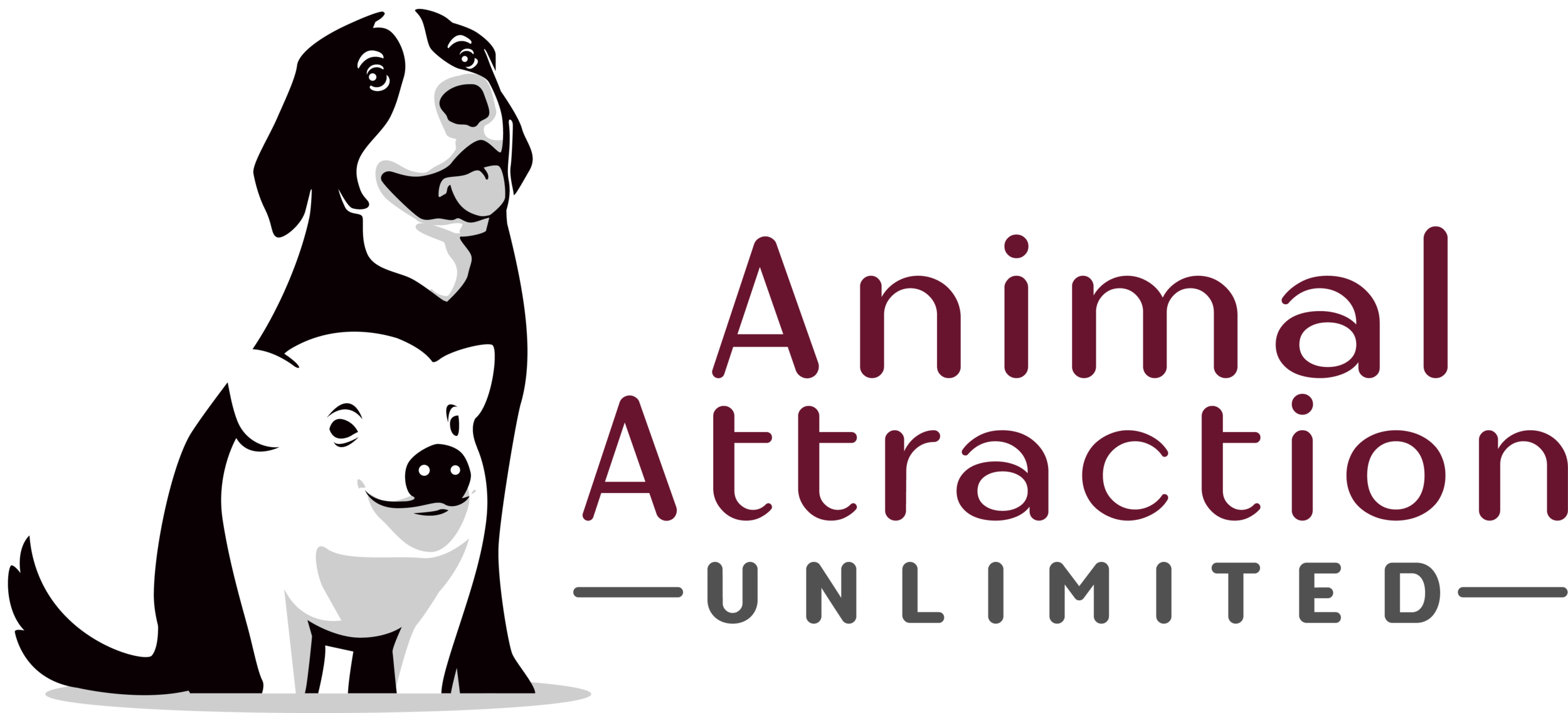Tired of being knocked over every time you walk through the door? 👋 Your dog isn't trying to be rude—they're just too excited! This week's post dives into the only way to stop attention-seeking jumping: the Dramatic Exit method. Plus, learn how to use the "Go to Spot" command to manage that doorbell excitement. Say goodbye to muddy paw prints forever! 🐾
Read MoreThe problems caused by a tight leash extend far beyond simple pulling. Constant tension can lead to a state of chronic stress and frustration, making your dog significantly more likely to become leash reactive.
Read MoreTraining your dog to greet guests politely isn't just about good manners; it's about reducing stress for both your dog and your visitors, and ensuring a safer, more enjoyable experience for everyone.
Let's dive into how you can teach your dog to be a gracious greeter.
Read MoreAchieving fluency in dog training behaviors requires patience, consistency, and a systematic approach. By focusing specifically on improving latency, speed, and precision, you can develop reliable behaviors that stand up to real-world challenges. Remember that fluency is a journey, not a destination - even well-trained behaviors benefit from ongoing maintenance and reinforcement. The most successful training incorporates these principles into everyday life, creating dogs who respond promptly, perform precisely, and maintain their training in any environment.
Read MoreFirst, you need to understand what makes your dog nervous. Is it loud noises, new people, other dogs, or certain objects? Keep a journal to track their reactions. Note what happens, where it happens, and how intense their reaction is (e.g., tucking their tail, hiding, trembling, or barking). This will be your roadmap.
Read MoreSetting realistic expectations in dog training means understanding your dog's individual needs, celebrating small victories, and recognizing that training is a lifelong journey. By focusing on achievable goals and consistent, positive reinforcement, you'll build a stronger relationship with your dog and enjoy the training process much more. Remember, the goal isn't perfection—it's progress. Each small step forward is worth celebrating, and the bond you build with your dog along the way is the greatest reward of all.
Read MoreDiscover the secrets to calming your reactive dog by understanding their threshold. Learn how distance, duration, and intensity impact your dog's behavior, and how to adjust these factors to create a positive training environment. This guide provides actionable strategies to help your reactive dog thrive.
Read More







